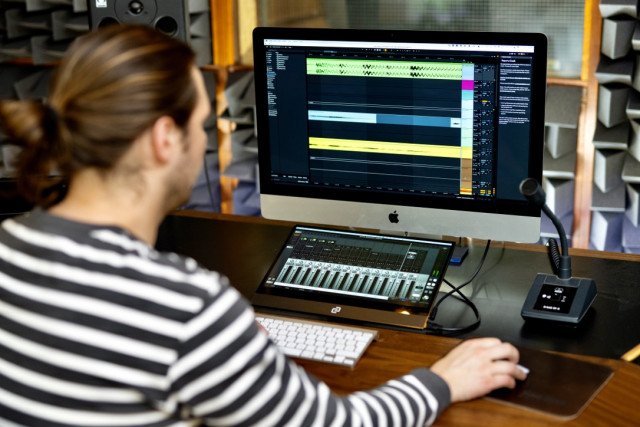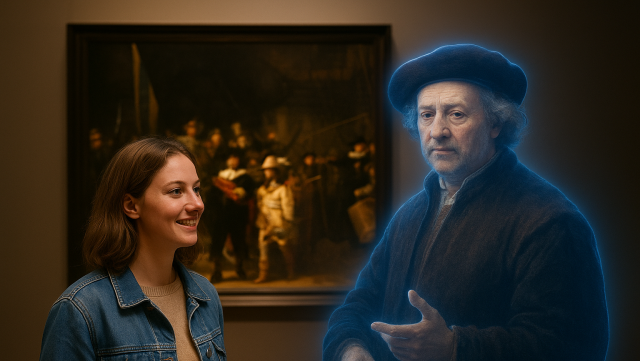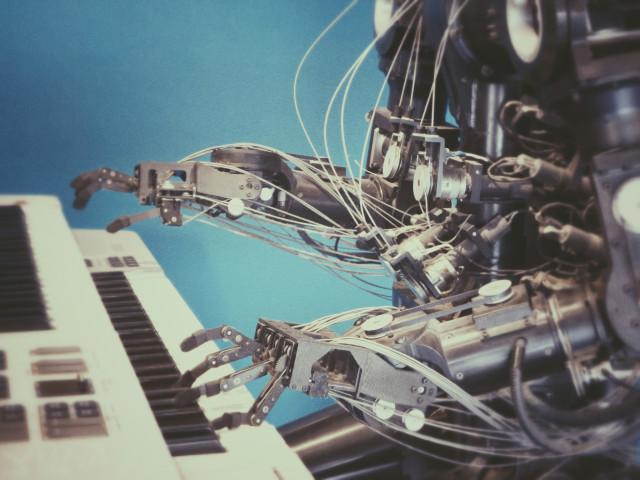
Audio editing, put simply
A profession in itself
What happens once the recording session is over and the voice-over has gone home? Then the process of audio editing (hereafter post production) takes place. And that too is a profession in itself. In this blog we give you a look behind the scenes at Fine Tune Audio, and we explain exactly what we do with a recording so that it comes out perfectly in your final product.
Audio editing in simple terms
The recording has been completed successfully. The voice-over has left the booth, the video call is over and the recordings have been saved. Your project is another huge step forward! But what happens in the time between recording and when the final result is ready for your project? Many see audio post production as some kind of incomprehensible science where the sound engineer sits in front of a glass plate surrounded by countless knobs and sliders. Audio post production is certainly no easy task, but fortunately any layman can learn to understand some of the basics of the trade. After reading this blog, you'll be wiser about what goes on behind the scenes at Fine Tune Audio.It's a fine art and, above all, involves a lot of focused listening.
Selecting Takes and Clean-up
Multiple takes are made during voice recordings. The sound engineer makes a selection of the best takes after the recording. It is then the task to "clean up" the recording session. This means that imperfect takes with slips, breaths, clicks and smacks are removed. This focuses the listener's attention on the message, and not on all the background noise. Much of the cleaning work in smaller recordings is already done during the recording process. Listening again to all takes is important, because then the sound engineer can immediately place the best takes on one track. These will then, naturally, end up in the final result.
EQ – Extra Quality
EQ in this case has nothing to do with emotional intelligence (although the audio engineers at Fine Tune Audio are very pleasant people). EQ in this case stands for equalization. What is equalization? A voice consists of a series of undulating frequencies. For example, a bass voice has a bit more low frequencies, and a soprano offers more sound in the high frequencies. The important thing is to get a good balance between these frequencies, because some frequencies want to collide with each other (we call that resonance). An example of colliding frequencies are the letters F and S, which can sound ugly in an unedited recording. When we apply EQ we adjust the waves a bit. Depending on the desired end result, we want to make some frequencies more prominent, and some less so.
- A quick example: Many advertisements for toys and candy are voiced by young-sounding voice-overs in order to attract the attention of the youth. Youthful voices are often quite high pitched, but can sometimes come across as a bit 'sharp' in the recording because of this. Many adults will be less likely to be captivated by this or, at worst, will be annoyed by it. Therefore, the sound engineer will turn down the higher frequencies and make the low to mid frequencies a bit louder. In this way, the end result is a bit more 'rounded' and therefore considerably more pleasant to listen to. If only we could change this in real life...
Compression - Compress to impress
Another technique in the sound engineer's bag of tricks is compression. Although compression is used much more heavily in editing music recordings, it also plays a role in editing voice recordings. It can add a lot to voice recordings, but too much compression is very noticeable very quickly. Fortunately, Fine Tune Audio employs many audio engineers who can apply compression with surgical precision. But what is compression? Simply put, compression involves making the loudest moments in a recording softer, and the softest moments louder. This makes the voice more prominent, and the voice doesn't drown in the background music.
- Imagine: you see an advertisement for the most divine skin care cream - one of those in which you can imagine soft silk scarves or warm running water. The voiceover is often a woman, touting the deliciousness of the product with a sultry, sensual, whispery tone. Although she is whispering, she can still be heard clearly; even over those tiny speakers of your phone. The sound engineer has applied compression so that the voiceover is fine at its softest, but doesn't come across as too bright at its loudest. This is the formula for a rock-solid message with a butter-soft product.
Loudness monitoring - Limiters, LUFS’ and stuff
The recording volume is one of the things that has to be fine tuned before the recording session starts. The sound engineer does this with the so-called input gain, and thus ensures a recording that is easy to hear. But afterwards tricks are also needed to get the volume as tight as possible. One of the last tasks of the audio engineer is loudness monitoring (also called volume control). This usually involves a limiter. In essence, a limiter is a kind of extreme compressor, which mutes all frequencies above a certain limit. But loudness monitoring, of course, is a bit more than just turning the volume knob.
- An example of how much can be involved in volume control: Television and radio clips require a different degree of loudness monitoring than, say, a corporate video on the Internet. This is where a particularly sounding term comes into play, in fact: LUFS. LUFS may sound like a new dating app with the cutest singles, but the reality is less romantic. This abbreviation stands for Loudness Unit Full Scale, and is a measurement system for determining the final volume of a recording. Television and radio are in fact bound by very strict guidelines, as each spot may not exceed a maximum number of LUFS. In this way, the advertisement of that particular electronics company cannot overpower the important message of the national government, and you don't have to be frightened when a new commercial break starts.
"But then what are all those buttons for?"
Earlier in this blog we talked about the workspace of the sound engineer, full of buttons and sliders that would not be out of place in a fighter plane. Of course we would like to tell you about all these bells and whistles, but then this blog would become a very long exposition. In an average voice recording, many of the buttons are not used because there are often only one or a few voices present. But when recording multiple voices and musical instruments, the buttons are used extensively. But when they are used, what do they do exactly? A simple explanation: almost all of the above tricks can be operated with the buttons. By turning one of the buttons you can change the intensity of the equalizer, for example. The sliders are mostly used to regulate the recording volume. You will also find a talkback button in every studio: this allows the sound engineer to talk to the voice-over without having to use hand gestures.
By the way, the image of many buttons and sliders is starting to get a little old-fashioned. Nowadays, by far the most functions within audio editing have become digital. In audio software (also called DAW or Digital Audio Workstation) it is possible to control compressors, limiters and all other necessities via so called plugins. At Fine Tune Audio we almost always work with plugins. This way all functions are immediately available and it saves us a lot of closet space. However, we do have a small selection of physical devices - you never know when you might need that classic, analog sound of a compressor!
The MVP's
At Fine Tune Audio, we are of course extremely proud of all our professional and hard-working voice actors. But we would also like to take a moment to remember the unsung heroes: our audio engineers! They have the knowledge and skill to make any project sound fantastic. They give direction to the voice actors as well as listening to the wishes of each client. Then they tweak the recordings to perfection for your project. This blog only covers a fraction of their work, but even so we would like to say: three times cheers to that!
Experience the expertise of Fine Tune Audio
Fine Tune Audio offers the best voice talents who respond flawlessly and creatively to the finer points of their script. Through the combination of experienced voice talents and smart thinking of our audio engineers we don't just make a voice: we make your voice, suitable for every project. Want to know more about what Fine Tune Audio can do for you? Then get in touch with support@finetune.audio. We are happy to think with you every step of the way.


